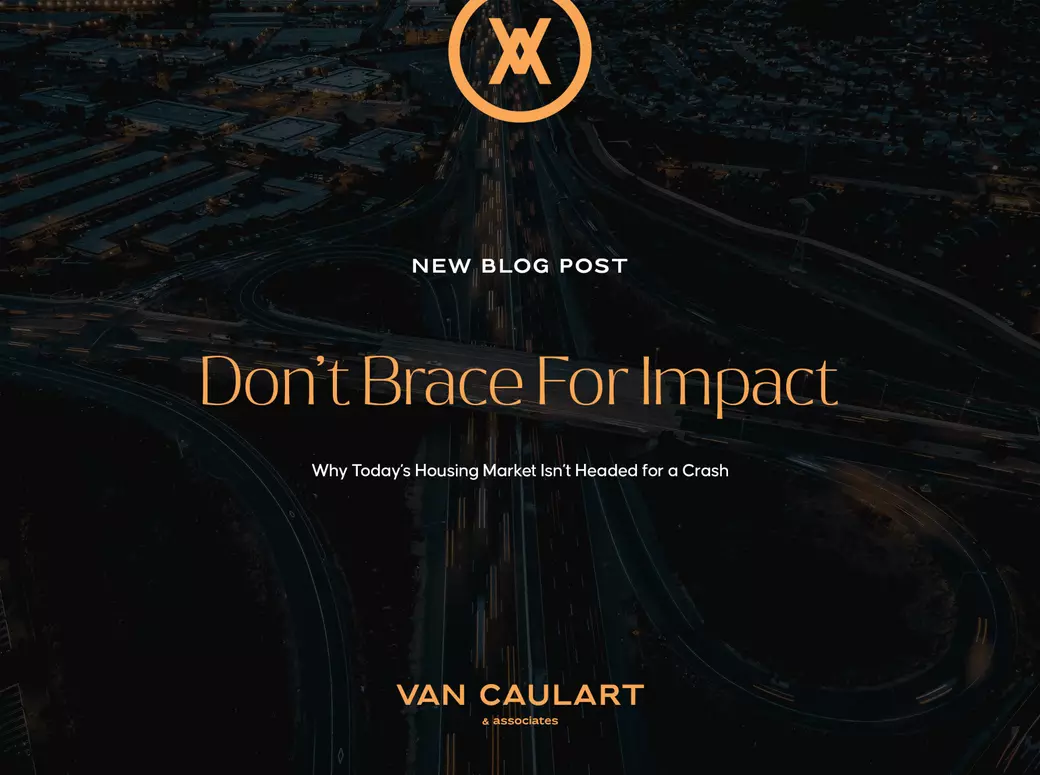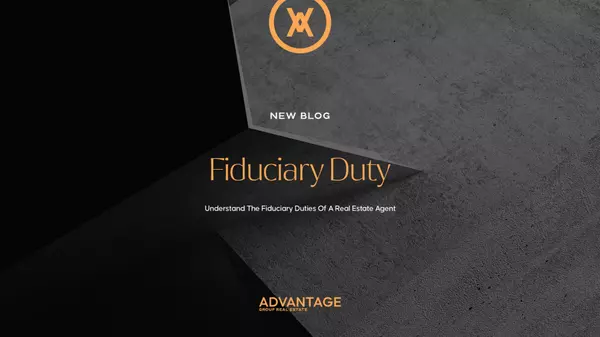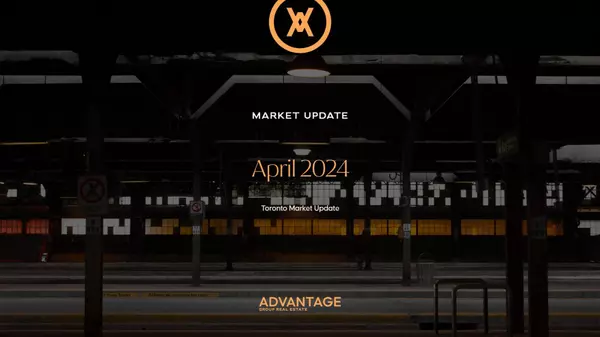Why Today’s Housing Market Isn’t Headed for a Crash

Many believe that we are headed for another housing market crash in the next few years. The media has grown especially vocal about predicting doom and gloom for the market, based on the recent shifts and rate changes. If, however, you listen to the data rather than the media, the story painted of today’s market is very different from the market of the last housing crash in 2008.
BACK THEN, MORTGAGE STANDARDS WERE LESS STRICT
In the years leading up to the 2008 housing crisis, it was relatively easy to get a home loan, with banks dropping the barrier for entry so low that virtually anyone could qualify for a home loan, whether or not they could afford one. When they couldn’t pay for the homes for which they had “qualified”, many people were forced to default, foreclose, or otherwise lose their home, and the price of homes crashed.
Today, there are much stricter standards to which banks and lending institutions must comply, and it is much more difficult to qualify as a buyer. Nowadays, it is much more likely that someone who qualifies for a home loan will actually be able to pay for that home.
The graph below uses data from the Mortgage Bankers Association (MBA) to visualize this. In this index, the higher the number, the easier it is to get a mortgage and the more people will qualify. The lower the number, the harder it is to qualify, so fewer will.

This graph shows just how drastically more difficult it is to qualify for a loan today than it was 15 years ago. Well-qualified buyers help provide a stable market.
FORECLOSURE VOLUME HAS DECLINED A LOT SINCE THE CRASH
The huge group of under-qualified buyers of the 2008 pre-crash market caused a huge spike in the number of foreclosed homes, which flooded the market with inventory, causing prices to plunge. Foreclosures since the crisis have been on a steady decline, and hit historic lows through the pandemic. When buyers are properly qualified for their home loans, they are less likely to default on those lose. The graph below uses data from ATTOM to show the difference between last time and now:

While the number has risen since the early days of the pandemic, the total number of foreclosures is still low, especially when compared to the totals of the 2008 crisis, and that number isn’t expected to rise dramatically because of the stricter rules put in place for lenders.
So even as foreclosures tick up, the total number is still very low. And on top of that, most experts don’t expect foreclosures to go up drastically like they did following the crash in 2008. Bill McBride, Founder of Calculated Risk, explains the impact a large increase in foreclosures had on home prices back then – and how that’s unlikely this time.
“The bottom line is there will be an increase in foreclosures over the next year (from record level lows), but there will not be a huge wave of distressed sales as happened following the housing bubble. The distressed sales during the housing bust led to cascading price declines, and that will not happen this time.”
THE SUPPLY OF HOMES FOR SALE TODAY IS MORE LIMITED
For historical context, there were too many homes for sale during the 2008 housing crisis (many of which were short sales and foreclosures), and that caused prices to fall dramatically. Today, we face a housing shortage crisis, with prices steadily climbing out of reach for many, and not enough new affordable homes being built for new first time buyers.
The graph below uses data from the National Association of Realtors (NAR) to show how the months’ supply of homes available now compares to the crash. Today, unsold inventory sits at just 2.7-months’ supply at the current sales pace, which is significantly lower than the last time.
The demand for homes is on the precipice of outstripping the supply, and without a huge influx of supply, the prices won’t be able to drop suddenly or significantly.

BOTTOM LINE
If recent headlines have you worried we’re headed for another housing crash, the data above should help ease those fears. Expert insights and the most current data clearly show that today’s market is nothing like it was last time.
Categories
Recent Posts











"My job is to find and attract mastery-based agents to the office, protect the culture, and make sure everyone is happy! "

